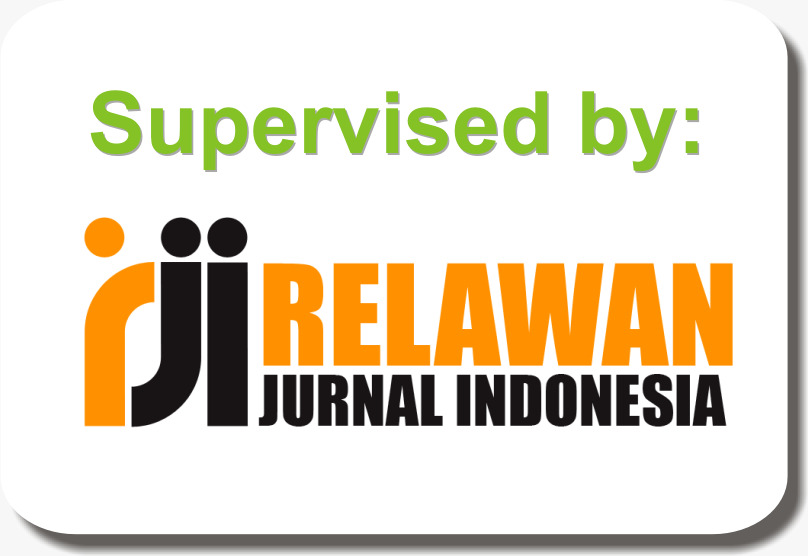Facing The Challenges of Youth Moral Degradation In The Digital Age
DOI:
https://doi.org/10.21154/maalim.v4i1.6417Keywords:
Digital, Moral Degradation, TeenagersAbstract
In this digital era, technological developments are developing very rapidly. People find it very easy to get the things they like, so negative and positive effects appear. Seeing these developments can have negative impacts that are no less than positive ones. The generation that is vulnerable to negative influences is youth and results in moral degradation. This very rapid technological development can trigger loopholes to do things that harm other people and things that are criminal. This moral degradation is very difficult if you only rely on certain theories. In Islam there are teachings of aqidah morals which are expected to be able to provide solutions to the problem of moral degradation. This strategy can be in the form of an understanding of adolescents about moral beliefs and guidance in solving self-problems.
References
Anwar, S. (2019). Revolusi Industri 4.0 Islam Dalam Merespon Tantangan Teknologi Digitalisasi. Jurnal Studi Keislaman, 8(2), 16. http://download.garuda.kemdikbud.go.id/article.php?article=1709867&val=18576&title=REVOLUSI INDUSTRI 40 ISLAM DALAM MERESPON TANTANGAN TEKNOLOGI DIGITALISASI.
Arliman S, L., Arif, E., & Sarmiati. (2022). PENDIDIKAN KARAKTER UNTUK MENGATASI DEGRADASI MORAL KOMUNIKASI KELUARGA LAURENSIUS. Enskilopedia of Journal, 33(1), 1”“12.
Diliyanti Olin, M., Iswahyudi, D., kunci, K., & Kepala Kelurahan dalam membina Pemuda di Kelurahan Fatukbot Kecamatan Atambua Selatan Kabupaten Belu, P. (2019). Prosiding Seminar Nasional Pendidikan dan Pembelajaran Bagi Guru dan Dosen Peran Lurah Dalam Membina Pemuda. 3, 17”“24. https://conference.unikama.ac.id/artikel/index.php/fip/index
Frieswaty, Setiawan, T., & Paulus Hermanto, Y. (2020). Mengatasi Degradasi Moral Anak Remaja Akibat Pengaruh Media Sosial. Kharisma: Jurnal Ilmiah Teologi, 1(1), 39”“53. http://jurnalsttkharisma.ac.id/index.php/Kharis/
Gani, A. G. (2020). Pengaruh Media Sosial Terhadap Perkembangan Anak Remaja. Jurnal Mitra Manajemen, 7(2), 32”“42. http://journal.universitassuryadarma.ac.id/index.php/jmm/article/viewFile/533/499
Handayani, F., & Maharani, R. A. (2022). Pengaruh Penggunaan Media Sosial terhadap Perkembangan Anak Usia Sekolah Dasar. Jurnal Pendidikan ”¦, 6, 11362”“11369. https://jptam.org/index.php/jptam/article/view/4244%0Ahttps://jptam.org/index.php/jptam/article/download/4244/3549
Hasibuan, R. H., . V., & Tursina, A. (2021). Media Audio Visual : Pengaruhnya Terhadap Perkembangan Moral Anak Usia Dini. Pratama Widya : Jurnal Pendidikan Anak Usia Dini, 6(2), 117. https://doi.org/10.25078/pw.v6i2.2295
Ilzam, A. (n.d.). Pengaruh media sosial terhadap moral siswa. 1”“10.
Kartono., Kartini. (2013). Patologi Sosial 2: Kenakalan Remaja. Jakarta: Raja Grafindo Persada.
Ma’rufah, N., Rahmat, H. K., & Widana, I. D. K. K. (2020). Degradasi Moral Sebagai Dampak Kejahatan Siber Pada Generasi Millenial di Indonesia. Nusantara: Jurnal Ilmu Pengetahuan Sosial, 7(1), 191”“201. http://jurnal.um-tapsel.ac.id/index.php/nusantara/article/view/1509/880
Muthohar, Sofa. (2013). Antisipasi Degradasi Moral di Era Global. Jurnal Pendidikan Islam, 7(2). 1”“10.
Nurcahyo, H., Adi, P., & Edi, C. (2019). Intensitas Media Sosial Terhadap Perkembangan Moral Siswa. Jurnal Moral Kemasyarakatan, 3(2), 57”“63. https://doi.org/10.21067/jmk.v3i2.2943
Putrawangsa, S., & Hasanah, U. (2018). Integrasi Teknologi Digital Dalam Pembelajaran Di Era Industri 4.0. Jurnal Tatsqif, 16(1), 42”“54. https://doi.org/10.20414/jtq.v16i1.203
Rusli. 2021. “Pengaruh Teknologi Terhadap Dekadensi Moral Anak.” Syattar 2 (1): 63”“76. http://www.jurnal-umbuton.ac.id/index.php/syattar/article/view/1685.
Setyoningsih, Y. D. (2018). Tantangan Konselor di era milenial dalam mencegah degradasi moral remaja. Seminar Nasional Bimbingan Dan Konseling, 2(1), 2580”“216. http://prosiding.unipma.ac.id/index.php/SNBK/index
Sofa Muthohar. 2013. “Antisipasi Degradasi Moral Di Era Global.” Jurnal Pendidikan Islam 7 (2): 322”“34. http://journal.walisongo.ac.id/index.php/.
Wijayanti, Indriana. 2021. “Kemerosotan Nilai Moral Yang Terjadi Pada Generasi Muda Di Era Modern,” 1”“8.







